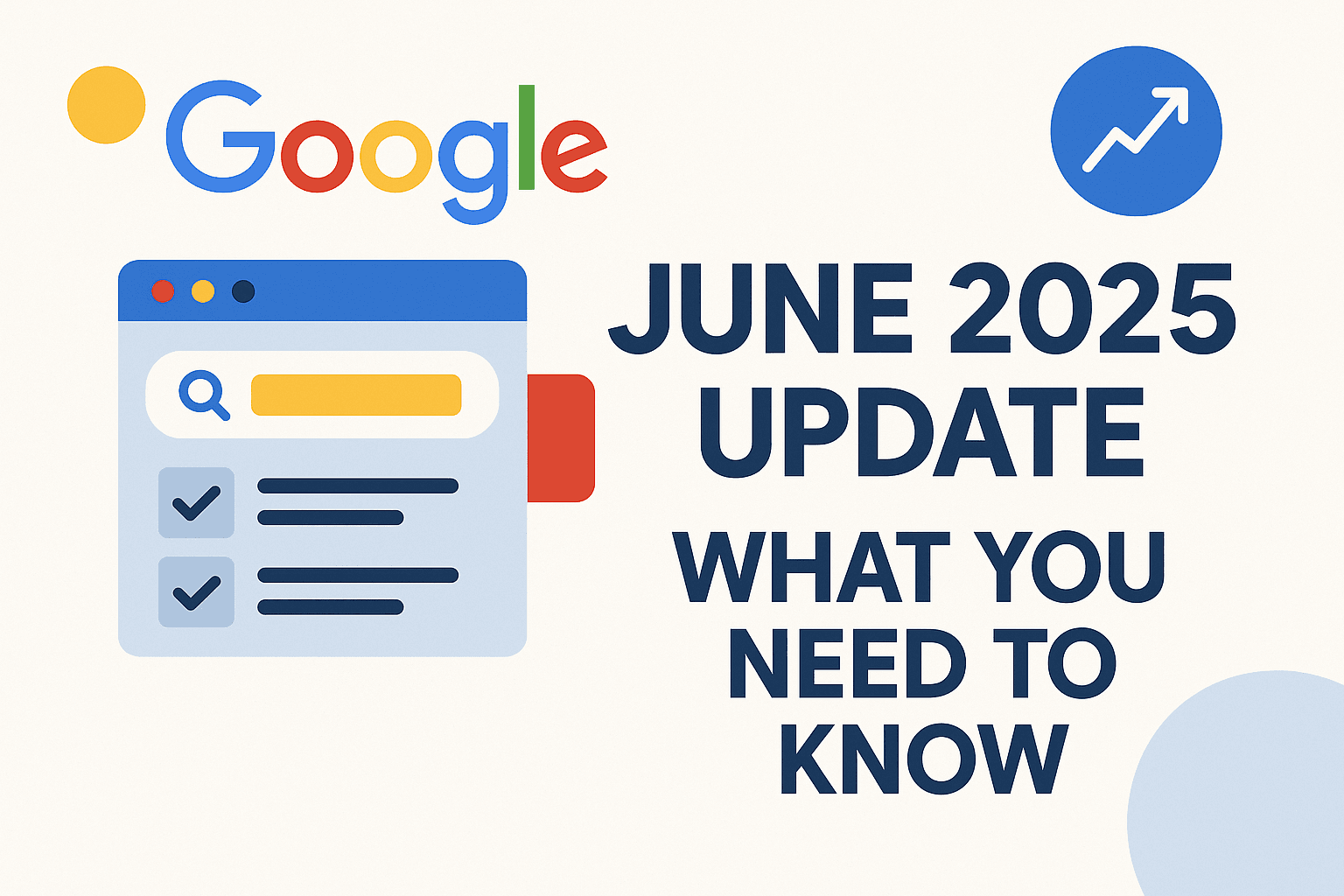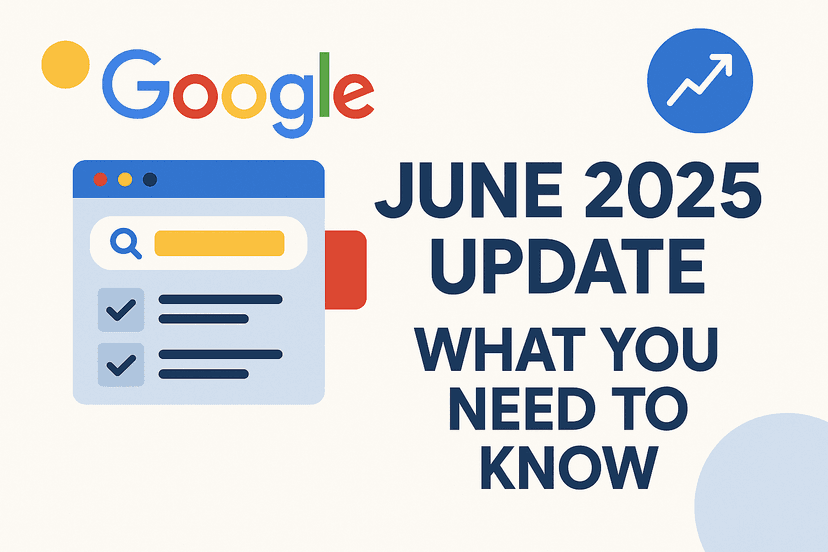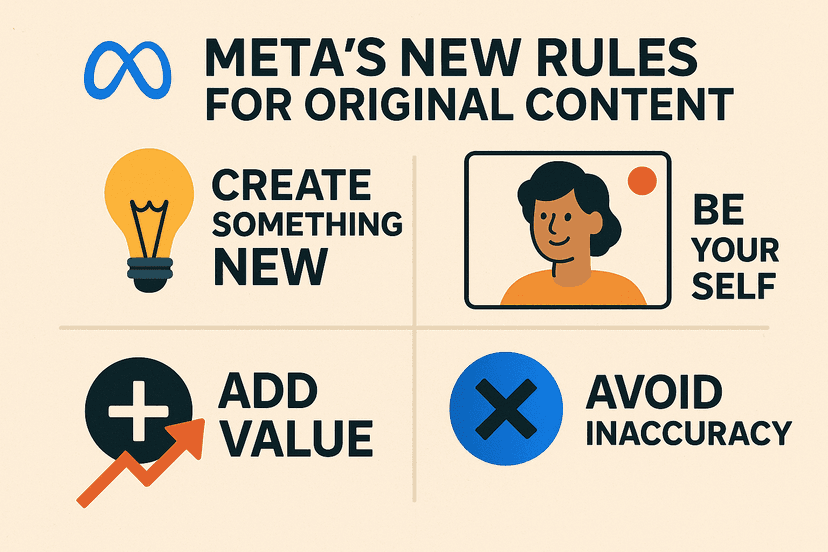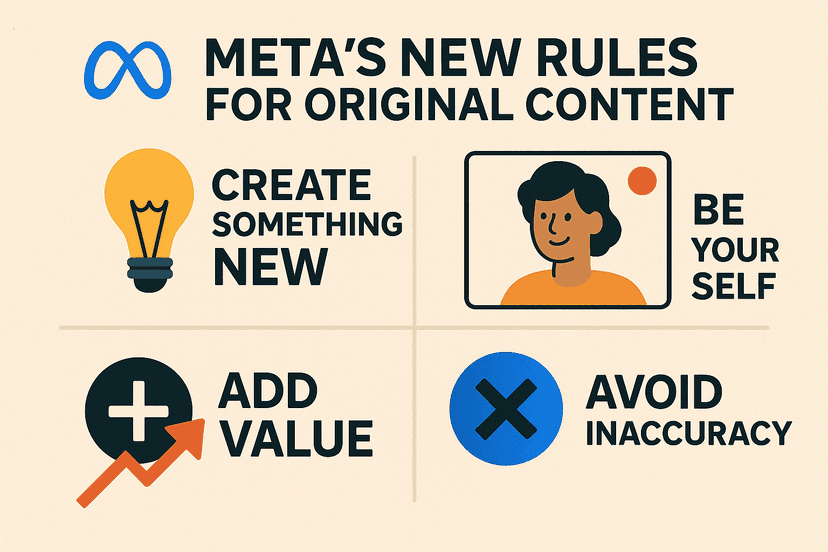Introduction
Google’s core updates often send ripples through the SEO community, prompting analysis, speculation, and strategic adjustments. The June 2025 Core Update, which recently completed its rollout, has sparked considerable discussion among search marketing professionals. What’s particularly intriguing about this update is the subtle nature of its impact – while data suggests significant changes under the hood, the disruptive effect that typically accompanies major updates seems noticeably absent. This presents an interesting scenario where substantial algorithmic changes may have occurred without dramatically reshaping the search landscape overnight.
The June 2025 Core Update appears to incorporate technological advancements that Google has been developing behind the scenes, specifically two breakthrough technologies: MUVERA (Multi-Vector via Fixed Dimensional Encodings) and Google’s Graph Foundation Model (GFM). Understanding these technologies provides crucial insight into how Google is refining its ability to deliver relevant, high-quality content to users.
Understanding the June 2025 Core Update
Google’s official announcement described the June 2025 Core Update as “a regular update designed to better surface relevant, satisfying content for searchers from all types of sites.” While this description might seem generic, it aligns with Google’s longstanding mission to improve search relevance and user satisfaction.
What makes this update noteworthy is its timing relative to Google’s recent technological announcements. While many SEO professionals quickly attributed the changes to MUVERA, a closer examination reveals that multiple technological advancements likely contributed to this update’s impact.
The relative quietness following this update, despite data showing significant ranking fluctuations, suggests that Google may have successfully implemented changes that improved results without causing the chaotic reshuffling that often accompanies major algorithm updates. This could indicate a more mature, refined approach to integrating new technologies into the search algorithm.
The Role of MUVERA
MUVERA (Multi-Vector via Fixed Dimensional Encodings) represents a significant advancement in retrieval algorithms. Announced by Google on June 25, 2025, this technology actually has roots dating back to May 2024, when the research paper was first published on arXiv.org – an unusually long gap between publication and announcement.
The core innovation of MUVERA lies in its ability to retrieve fewer candidate pages for ranking while maintaining or improving accuracy. Traditional retrieval systems often cast a wide net, bringing in many potentially relevant documents before the ranking phase. MUVERA streamlines this process by more precisely identifying truly relevant pages upfront, leaving less relevant content behind.
According to Google’s announcement, MUVERA “outperforms the single-vector heuristic, a common approach used in multi-vector retrieval, achieving better recall while retrieving significantly fewer candidate documents.” More impressively, FDEs (Fixed Dimensional Encodings) retrieve “5-20x fewer candidates to achieve a fixed recall.”
For website owners and SEO professionals, this has profound implications. MUVERA essentially raises the bar for what content qualifies as relevant enough to enter the ranking consideration set. Content that previously might have made it to the ranking phase based on loose relevance signals might now be filtered out before ranking even begins. This places even greater emphasis on creating precisely relevant content that clearly addresses user search intent.
The technology also boasts impressive efficiency improvements, with Google noting that “MUVERA’s FDEs can be effectively compressed using product quantization, reducing memory footprint by 32x with minimal impact on retrieval quality.” This suggests Google can process more information while using fewer computational resources – potentially enabling more sophisticated analysis within existing infrastructure constraints.
Google’s Graph Foundation Model Explained
While MUVERA focuses on retrieval efficiency, Google’s Graph Foundation Model (GFM) represents an entirely different kind of breakthrough in how Google understands relationships between entities on the web. Announced on July 10, 2025, GFM builds upon the concept of foundation models that have revolutionized artificial intelligence in recent years.
Traditional Graph Neural Networks (GNNs) have been limited by their inability to generalize beyond the specific graph structures they were trained on. GFM overcomes this limitation by applying the same principles that make Large Language Models so versatile – the ability to generalize across different domains and contexts.
GFM classifies nodes and edges within graphs, which in the context of search could represent documents, links, users, and various types of relationships between them. This enables more sophisticated analysis of how content pieces relate to each other and how users interact with content across the web.
Google’s announcement highlighted GFM’s impressive performance in spam detection for ads, noting “3x – 40x gains in average precision” compared to previous approaches. This dramatic improvement suggests GFM could significantly enhance Google’s ability to identify patterns associated with quality, trustworthiness, and authority across the web.
The technology’s ability to handle “graphs of billions of nodes and edges” means it can be applied at the scale of the entire web, potentially transforming how Google evaluates the complex relationships between websites, pages, and content creators.
The Combined Impact of MUVERA and GFM
When considering the June 2025 Core Update, it’s the potential integration of both MUVERA and GFM that presents the most compelling explanation for the observed changes. These technologies complement each other in ways that align perfectly with Google’s stated goal of “better surfacing relevant, satisfying content.”
MUVERA improves the precision of content retrieval, ensuring that only the most relevant pages enter the ranking consideration set. Meanwhile, GFM enhances Google’s understanding of relationships between content pieces, potentially improving evaluation of factors like trustworthiness, authority, and quality.
Together, these technologies could enable Google to:
- More accurately identify content that precisely matches search intent (MUVERA)
- Better understand content quality through analyzing relationship patterns (GFM)
- Detect sophisticated patterns of low-quality content or manipulation (GFM)
- Reduce computational load while improving results (MUVERA’s efficiency)
- Surface a wider variety of high-quality content by better distinguishing between similar-quality options (combined effect)
This integration would represent a significant advancement in Google’s ability to fulfill its core mission of organizing the world’s information and making it universally accessible and useful.
Observable Changes in Search Rankings
While the technological underpinnings of the June 2025 Core Update are fascinating, SEO professionals are ultimately concerned with observable impacts on search rankings. Interestingly, despite data suggesting this was a major update, the community response has been relatively muted – indicating changes that were significant but not disruptive.
Prominent search marketer Glenn Gabe reported seeing sites previously affected by the Helpful Content Update (HCU) experiencing ranking recoveries, while others saw declining performance. This pattern suggests the update may have refined Google’s evaluation of content helpfulness rather than introducing entirely new ranking criteria.
At Search Central Live New York, Google’s Danny Sullivan had previously mentioned that Google would be making changes to surface a greater variety of high-quality content. The June 2025 Update appears to align with this direction, potentially using the improved precision of MUVERA and relationship understanding of GFM to better distinguish between content pieces of similar quality but different relevance to specific queries.
The lack of widespread disruption despite significant ranking changes suggests Google may have successfully implemented substantial algorithmic improvements while maintaining overall stability in search results – a remarkable achievement given the scale and complexity of such changes.
What This Means For SEO Professionals
For SEO professionals and website owners, the June 2025 Core Update reinforces several key principles while potentially raising the bar for content quality and relevance:
-
Precision in addressing search intent becomes even more critical as MUVERA improves Google’s ability to filter out content that doesn’t precisely match what users are seeking.
-
Content relationships and context gain importance as GFM enhances Google’s understanding of how content pieces relate to each other and to the broader web ecosystem.
-
Quality signals beyond the page may be more effectively evaluated through GFM’s improved pattern recognition capabilities, making a holistic approach to site quality increasingly important.
-
Recovery is possible for sites previously affected by quality-focused updates, as evidenced by the ranking improvements observed for some previously HCU-impacted sites.
-
Adaptation rather than overhaul may be the appropriate response, as the update appears to refine existing quality evaluation rather than fundamentally changing Google’s approach.
How to Adapt Your Content Strategy
Based on the technological advancements integrated into the June 2025 Core Update, several strategic adaptations may help websites maintain or improve their search visibility:
-
Focus on precise relevance by ensuring content directly addresses specific search intents rather than broadly covering topics.
-
Build meaningful content relationships through thoughtful internal linking, content clustering, and topic development that creates logical connections between related content pieces.
-
Emphasize E-E-A-T signals (Experience, Expertise, Authoritativeness, and Trustworthiness) both on individual pages and across your entire website ecosystem.
-
Audit underperforming content with special attention to how precisely it addresses user needs and how it connects to other content on your site.
-
Diversify high-quality content approaches to provide unique value rather than simply matching competitors, as Google appears to be working to surface a greater variety of high-quality content.
-
Monitor performance patterns across different content types and topics to identify which approaches are resonating with the updated algorithm.
-
Consider leveraging tools like SEO Audit to ensure your site meets the latest quality standards and Content Marketing strategies to enhance your content’s relevance and depth.
Conclusion
The Google core update of June 2025 represents a fascinating case study in how Google is integrating cutting-edge AI technologies to improve search results without causing widespread disruption. By combining MUVERA’s precision retrieval capabilities with GFM’s sophisticated relationship understanding, Google appears to have enhanced its ability to surface truly relevant, high-quality content.
For SEO professionals, this update reinforces the fundamental importance of creating content that precisely addresses user needs while existing within a coherent, trustworthy website ecosystem. Rather than introducing entirely new ranking factors, the update seems to improve Google’s ability to evaluate existing quality signals more effectively.
As search continues to evolve, success will increasingly depend on understanding not just what makes content good in isolation, but how it fits into the broader context of user needs and the web’s information ecosystem. By focusing on precision, relationships, and comprehensive quality, websites can adapt to these algorithmic improvements and continue to thrive in organic search. For further guidance, explore our SEO Thailand services tailored to help businesses excel in search engine optimization.




